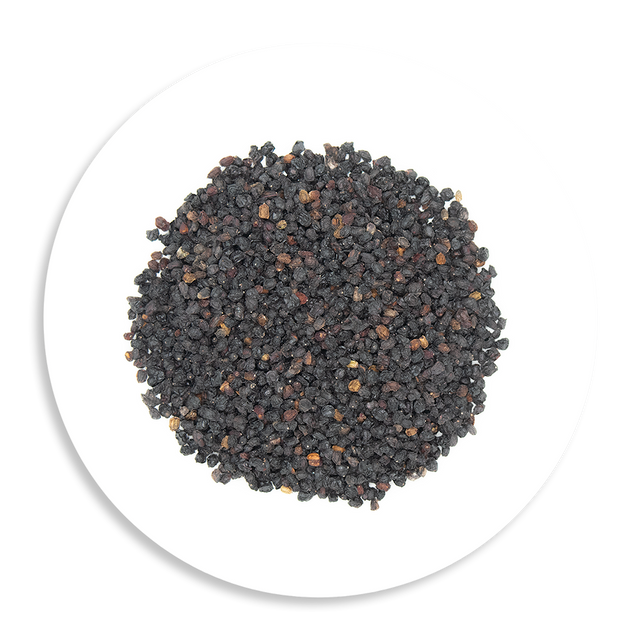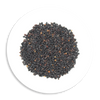
Elderberries

Elderberries
FAQs
What are dried elderberries used for?
Dried elderberries are primarily used to create a variety of food and beverage products. The most popular use is making homemade elderberry syrup. They are also excellent for making jellies, jams, teas, and for adding a rich, fruity flavour to mulled wine and cordials.
Is it safe to eat raw elderberries?
No, you must never eat raw or uncooked elderberries. Raw elderberries contain compounds that can cause nausea, vomiting, and other forms of digestive upset. The berries must be cooked thoroughly to neutralize these compounds and make them safe for consumption.
What is a simple recipe for elderberry syrup?
A basic syrup can be made by simmering 1 cup of dried elderberries with 3-4 cups of water for about 45 minutes, until the liquid has reduced by half. Mash the berries, strain the liquid through a fine-mesh sieve, let it cool, and then stir in about 1 cup of honey.
What do elderberries taste like?
When cooked, elderberries have a unique tart and fruity flavour with deep, earthy undertones. Their taste is often described as a cross between a blackberry and a blackcurrant, with a rich, wine-like quality.
How do I prepare elderberry tea?
To make a simple tea, add 1-2 tablespoons of dried elderberries to about 500ml of water in a saucepan. Bring to a boil and then reduce the heat, allowing the berries to simmer gently for at least 15 minutes. Strain the liquid into a mug and enjoy.
Are all types of elderberry the same?
The most commonly used species for culinary purposes is the European elderberry (Sambucus nigra). While other varieties exist, it's important to use a trusted source for your berries to ensure you have the correct, edible species.



